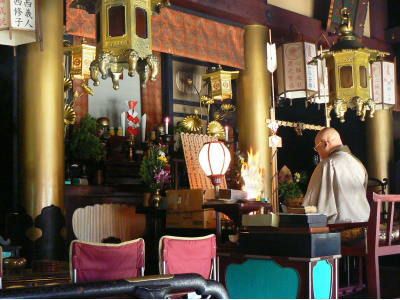
彼岸会
今から1400年前に、聖徳太子が四天王寺を建立した際、多種の薬草を植えて人々に施す場所(施薬院)として建ったのがはじまり。本尊に縁結びのご利益が篤い愛染明王像を安置することから、「愛染さん」と呼ばれて良縁を求める老若男女の参詣者が日々絶えない。ご先祖さまの霊・新仏・無縁仏の冥福を祈り、法要を行う。
Event Overview
Info
Event Period
Price
Event Category
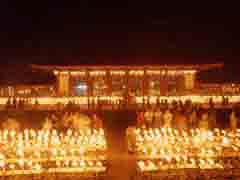
総本山 四天王寺
The information provided reflects the details available at the time of the survey.
Please note that facility details may change due to the facility’s circumstances, so please check for the latest information before visiting.
This content has been translated using machine translation.
Information provided by: JTB Publishing
The content uses an automatic translation service, which is not always accurate.
The translated content may be different from the original meaning, so please understand and use it.

今から1400年前に、聖徳太子が四天王寺を建立した際、多種の薬草を植えて人々に施す場所(施薬院)として建ったのがはじまり。本尊に縁結びのご利益が篤い愛染明王像を安置することから、「愛染さん」と呼ばれて良縁を求める老若男女の参詣者が日々絶えない。ご先祖さまの霊・新仏・無縁仏の冥福を祈り、法要を行う。
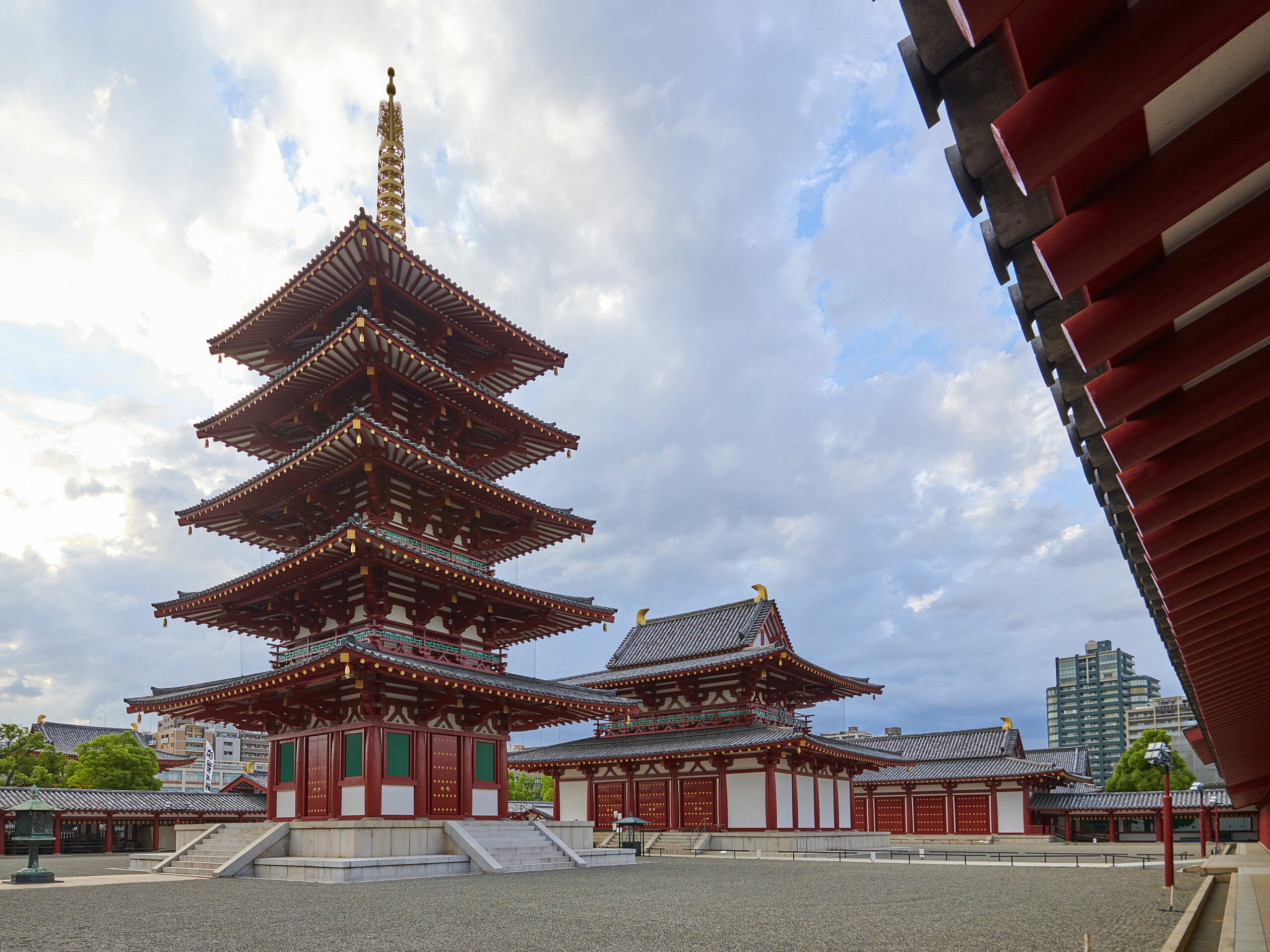
彼岸参りとして参詣者で賑わう彼岸会。先祖が浮かばれるようにと、法名を記し回向を受けた経木を亀型の水盤に流し供養。境内では市が盛大に開催される。 画像提供:和宗総本山 四天王寺
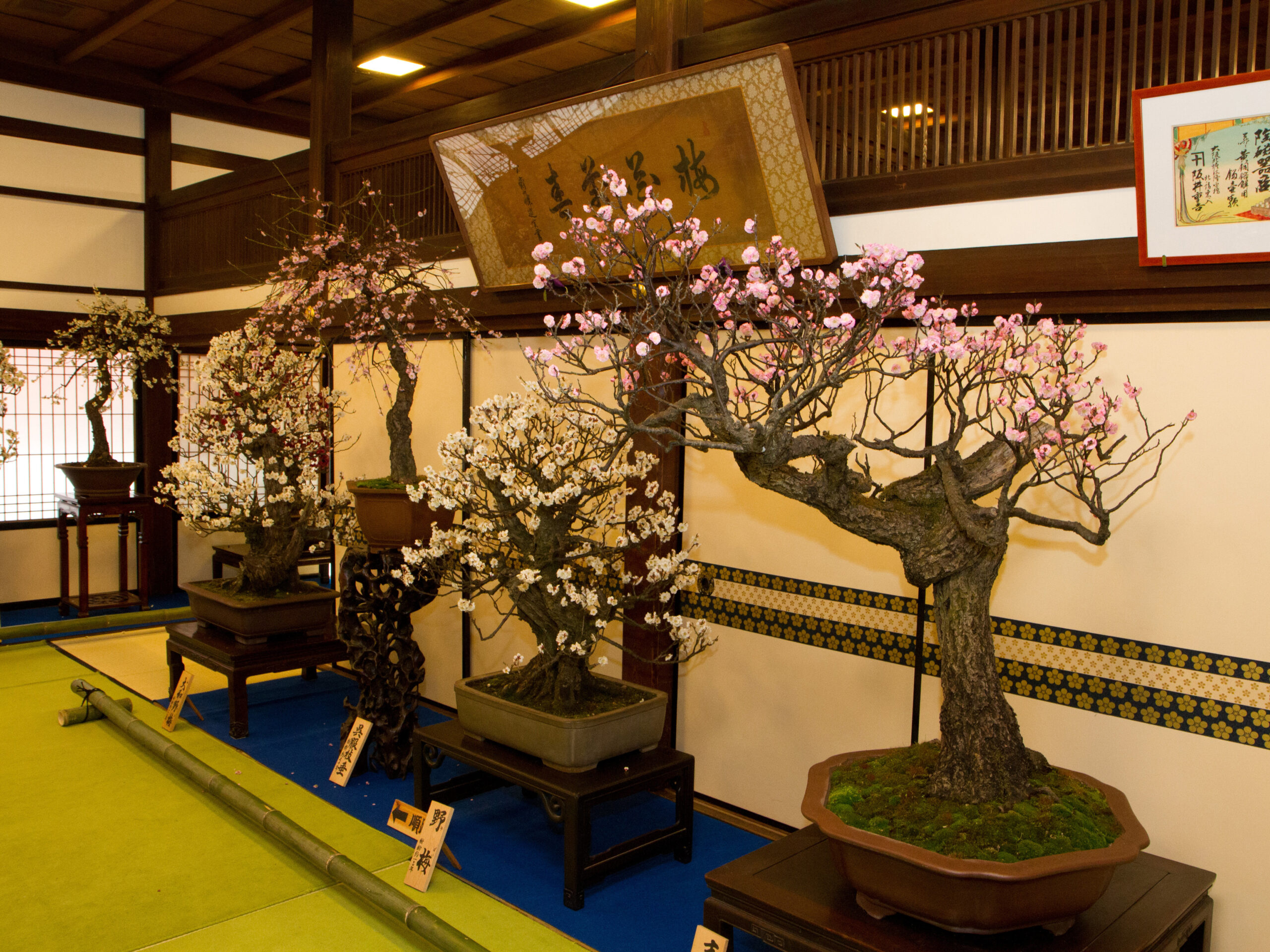
書院百畳敷の参集殿では盆梅の古木、銘木と、大阪天満宮と縁が深い歴史上の人物にかかわりある刀剣や天神画像など所蔵する名宝の数々を展示する「盆梅と刀剣展」(大人700円、小人400円)を開催。
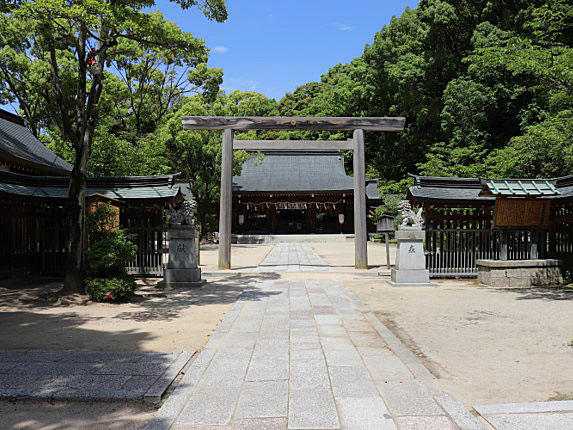
Twenty-four members of the Shōnawate shrine will be enshrined in the shrine, including Masayoshi Kusunoki and Masayoshi Kusunoki, whose main festival deity is Masayuki Kusunoki. The precincts are planted with kusan, cherry blossoms, and autumn leaves, especially the scenery of spring and autumn. In 1890, the Emperor Meiji was granted a royal charter, and the festival of the day was the Kusunoki Sakura Festival. Various votive events such as iai and dance are held.

The Oshinsui "Nōgū no Mizu" (water intake time 6-17), which springs from the Minazase Shrine precinct, was selected as a national famous water center. The tea ceremony ceremony is also open at the same palace where the famous water springs, and on April 5 every year, a tea ceremony held by the service of the Rai Senke family is held against the festival gods, Gotoba, Domi and Shuntoku, and the precinct is buzzing throughout the day. There is a tea room "Eokshin-tei" (reservation required) of Emperor Go Mizuo, which is an important cultural property.
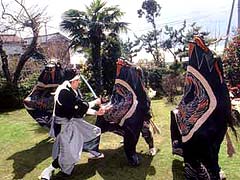
The Haimaoka Shrine nestled in the east of the Osaka Plain, surrounded by the trees at the foot of Mount Ikoma, which is connected to the border with the Nara Basin. The Kasuga Taisha Shrine in Nara, also known as "Motokasuga" because it invited the two gods of this company, flourished with the prosperity of Fujiwara. On the south side of the sando road is the Pihaoka Bairin, known as a plum attraction, and to the northeast of the shrine is a park where cherry blossoms and azaleas bloom.
This website uses cookies so that we can provide you with the best user experience possible. Cookie information is stored in your browser and performs functions such as recognising you when you return to our website and helping our team to understand which sections of the website you find most interesting and useful.
Strictly Necessary Cookie should be enabled at all times so that we can save your preferences for cookie settings.
If you disable this cookie, we will not be able to save your preferences. This means that every time you visit this website you will need to enable or disable cookies again.
